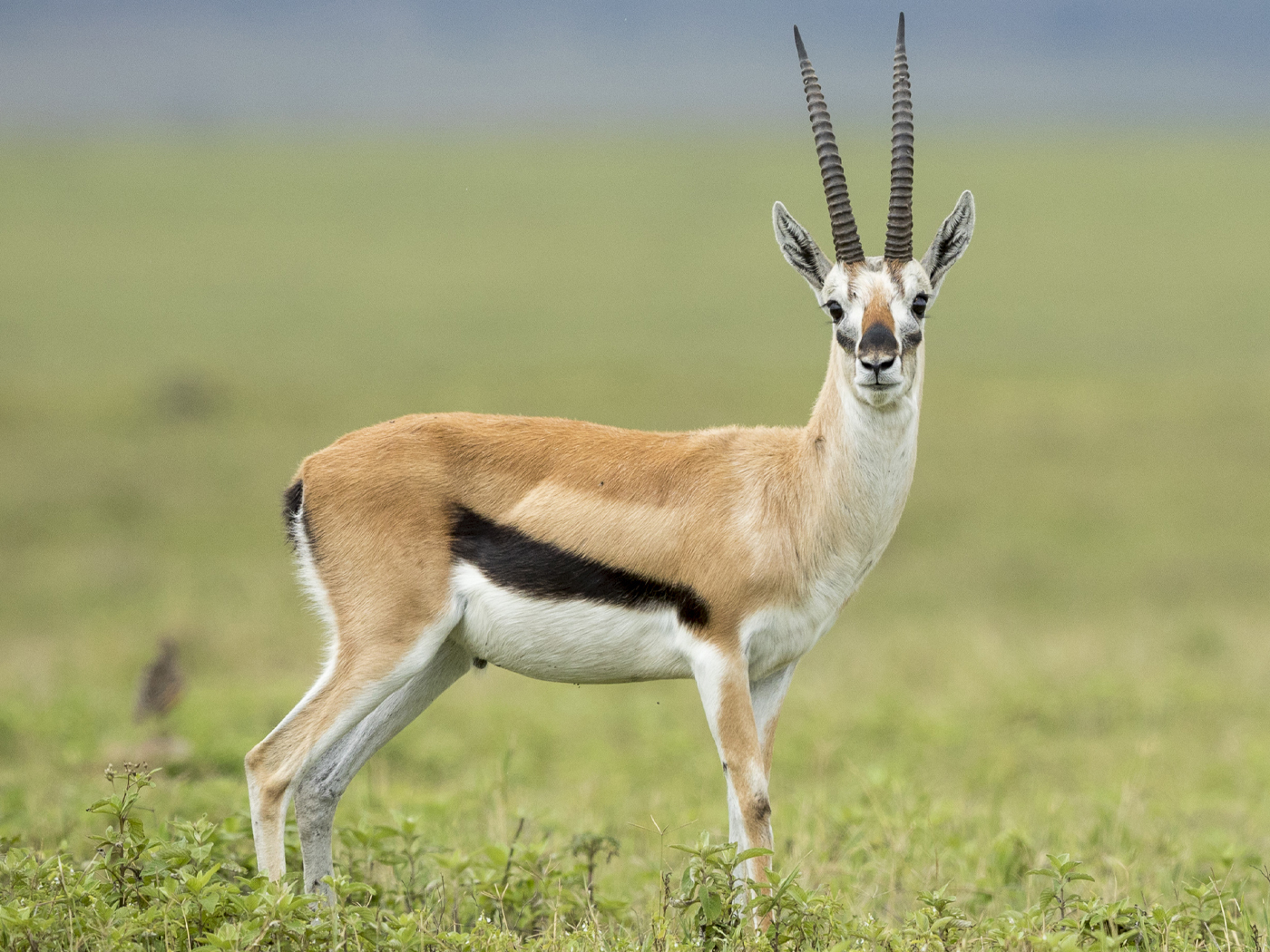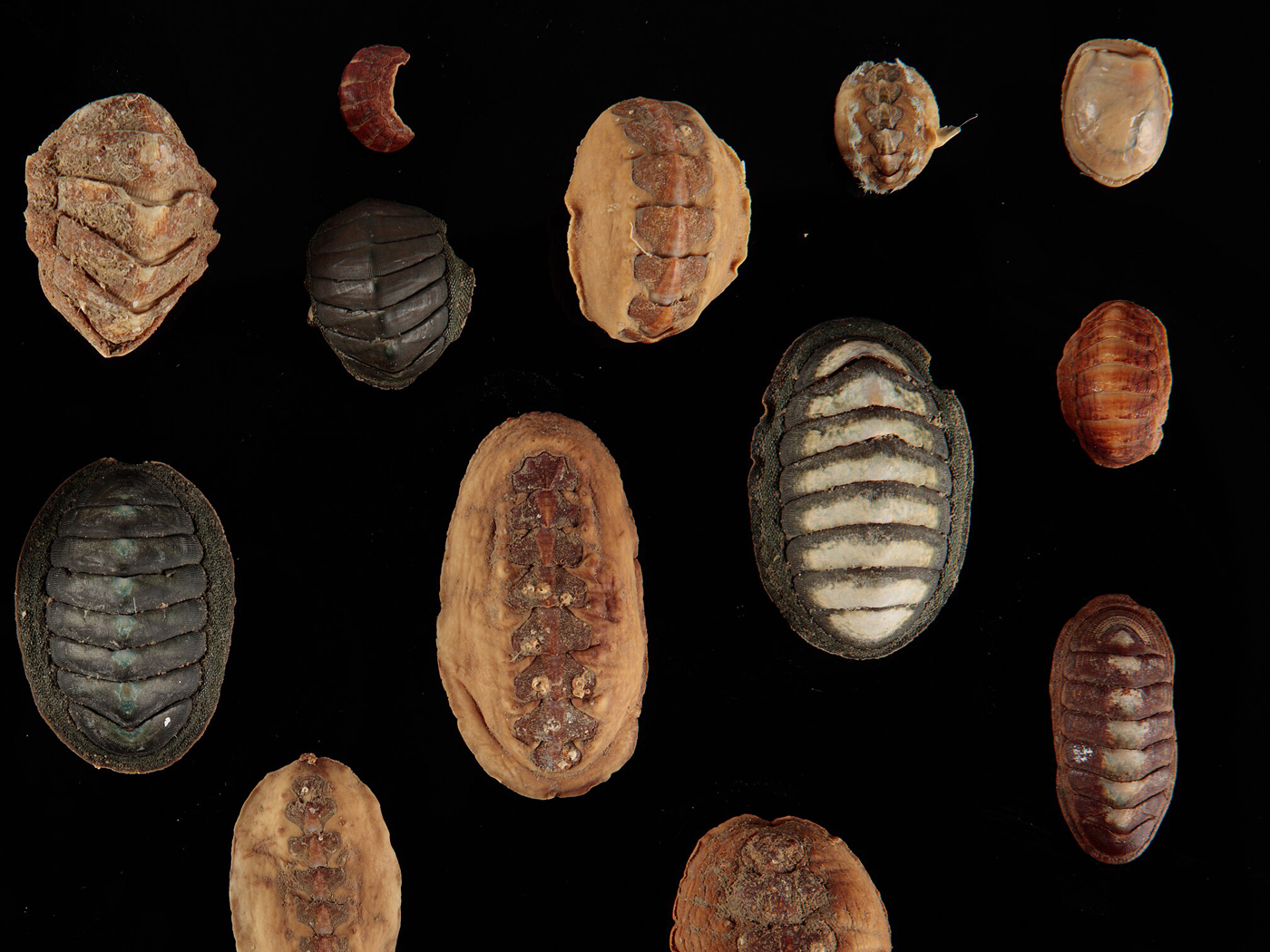The increasing amount of research at the cellular level has boded ill for the naturalist who insists that life must be interpreted (strained?) through a Darwinian explanatory filter. For instance, recent studies have focused on ion channels, which are passages designed to transport charged atoms (ions) through a membrane formed by a specific protein or proteins on the surface of cells. Energy (adenosine triphosphate, or ATP) is not required; instead, passive transport is utilized in this very complex gating process. In 2006, researchers discussed a unique bacterial voltage-gated potassium ion (Kv) channel from the genus Listeria. They stated, "The fundamental principles underlying voltage sensing, a hallmark feature of electrically excitable cells, are still enigmatic and the subject of intense scrutiny and controversy."1
After dismissing a Creator, evolutionists are in the frustrating position of having to argue the "enigmatic" fundamental principles of these uniquely designed processes. Such detailed organization, however, is not surprising to creationists, who maintain that if it is alive, it's complex.2
Earlier, Rockefeller University researchers proclaimed, "Voltage-dependent channel structure reveals masterpiece responsible for all nerve, muscle activity."3 "Masterpiece" is clearly the right word for this delicate voltage-regulated pore in the plasma (cell) membrane that attracts and transmits potassium ions. The pore maintains an electrical potential with specifications of performance that are superior to man-made transistors (compact electronic devices designed to control current flow). Around the periphery of the pore and channel are found four protein structures ("paddles") that are charge-sensitive, permitting the correct ions through, but also closing to adjust the proper voltage. A feedback loop (a biological control mechanism) is sensitive to changing conditions in the environment and maintains the proper charge.
Delving into the interior of the cell, tiny protein machines continue to be discovered that defy "natural" explanations. Stanford University recently reported on a molecular folding machine that belongs to a general class called chaperonins and is composed of a tube with a complex lid on each end.4 This amazing structure, called TRiC, was discovered in the cell in 1992 and is winsomely seen by some as a dressing room--an area where prying eyes cannot observe.
But there's nothing simple about TRiC. Even the lids operate more like the iris of a camera and must open and close precisely--and for the exact amount of time--in order for the sophisticated folding operation to be successful. About one out of every ten unfolded polypeptides requires this designed nanostructure. The unfinished protein is brought briefly inside TRiC, where forces work on rapidly folding the raw protein in ways that are currently unknown. This could be seen as the magician’s rabbit-in-the-hat trick, but is clearly more mysterious, mind-boggling, and molecular (tiny)! TRiC discoverer Judith Frydman, an associate professor of biology at Stanford University, said in a classic understatement, "It is a very complex mechanism."4
What is the evolutionary explanation for all this? The relevance of Darwinian philosophy is being eclipsed as a superior design-based inference takes its place. Like secular investigators, creation scientists revel in cellular research, but ascribe such complexity to a Person--not a process.
Our increasing understanding of the micro machinery of our cells in this 21st century is completely negating the traditional evolutionary portrayal of life developing through chance, time, and natural processes. Whether they concern bacteria or people, recent amazing discoveries of micro-structures and intricate processes at the cellular level really do show that "the invisible things of him from the creation of the world are clearly seen" (Romans 1:20).
References
- Santos, J.S. et al. 2006. Molecular Template for a Voltage Sensor in a Novel K+ Channel. I. Identification and Functional Characterization of KvLm, a Voltage-gated K+ Channel from Listeria monocytogenes. Journal of General Physiology. 128 (3): 283-292.
- Sherwin, F. 2001. Just How Simple Are Bacteria? Acts & Facts. 30 (20).
- MacKinnon lab's newest picture tells action potential story. Rockefeller University News Release, April 30, 2003. See also Sigworth, F. 2003. Structural biology: Life's transistors. Nature. 423 (6935): 21-22.
- Researchers reveal insights into hidden world of protein folding. Stanford University News Release. Posted on Stanford.edu June 11, 2008. See also Meyer, A. S. et al. 2003. Closing the Folding Chamber of the Eukaryotic Chaperonin Requires the Transition State of ATP Hydrolysis. Cell. 113 (3): 369-381.
* Mr. Sherwin is Senior Science Lecturer.
Cite this article: Sherwin, F. 2008. Evolution Continues to Be a Hard Cell. Acts & Facts. 37 (9): 14.














